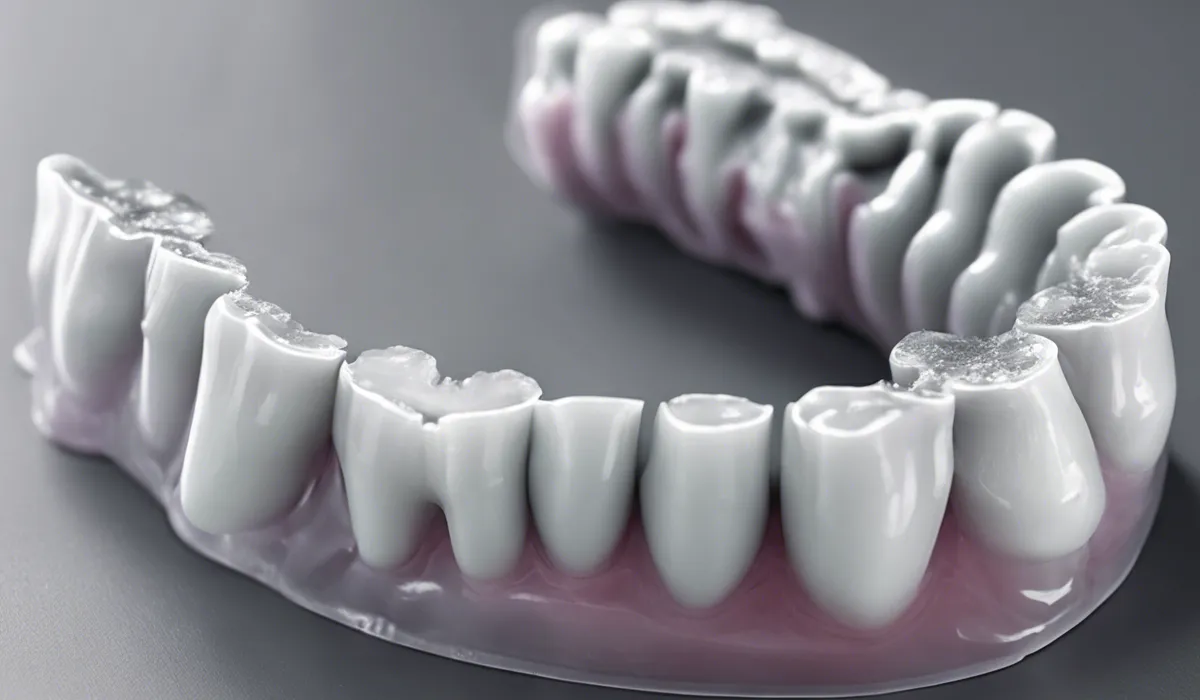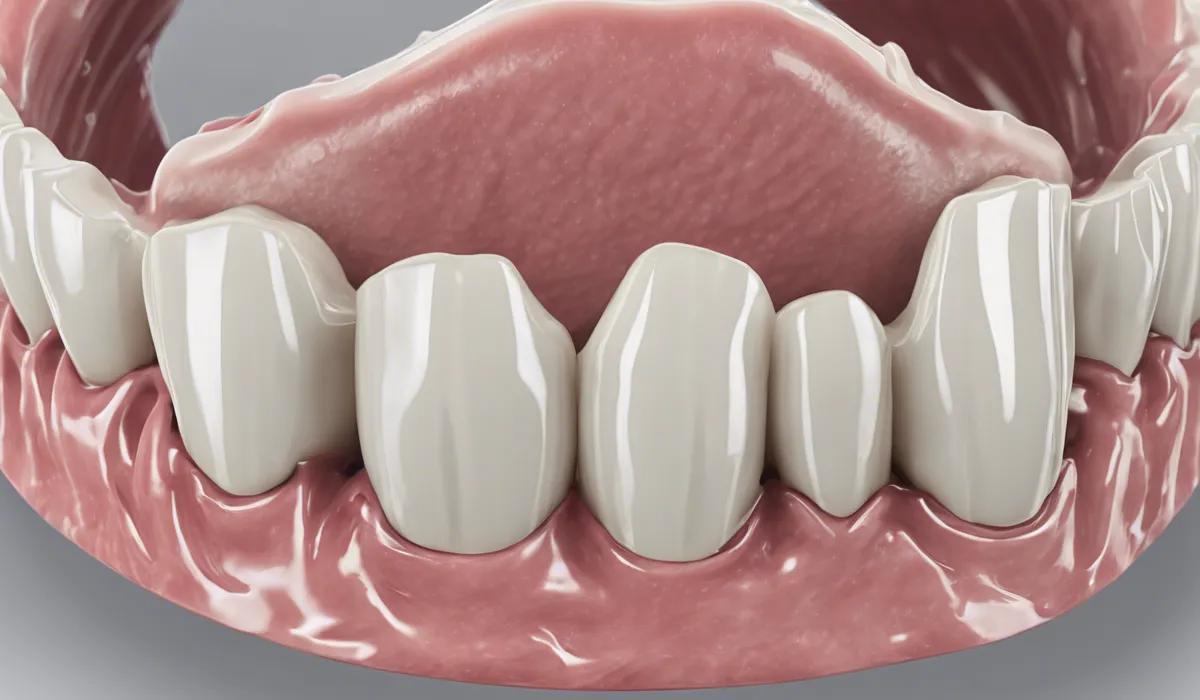Mold on a retainer can potentially make you sick, as it may harbor harmful bacteria or fungi. Inhaling or ingesting these microorganisms can lead to respiratory issues or infections. Regular cleaning is crucial to prevent mold growth and safeguard your health.
Understanding Mold Growth on Retainers

What Is Mold?
Mold is a type of fungus that can grow almost anywhere there is moisture and organic material. It reproduces through tiny spores that travel through the air.
When these spores land on a damp surface suitable for life, they can start to grow and spread.
Conditions for Mold Growth on Retainers
Retainers are at high risk for mold growth because they are often exposed to moisture and are placed in the warm, dark environment of the mouth.
If not cleaned properly, saliva and food particles can create an ideal breeding ground for mold.
Types of Mold on Dental Devices
Various molds can inhabit dental devices, including but not limited to black mold (Stachybotrys), which is notorious for its health risks, and white mold (Aspergillus), which is less harmful but can still cause issues if ingested or inhaled.
Identifying Mold on Your Retainer
Mold on a retainer can appear as discoloration, usually black, green, or white spots. The surface may become slimy or smell musty. If you notice any of these signs, it’s essential to take action immediately.
Health Risks Associated with Mold on Retainers

Potential Health Effects of Mold Exposure
Exposure to mold can lead to a variety of health problems, especially respiratory issues such as coughing, wheezing, and in severe cases, asthma attacks. It can also exacerbate allergies and lead to skin irritation.
Risks of Oral Exposure from Moldy Retainers
Using a retainer with mold can introduce harmful microorganisms into your body. This can lead to oral infections, throat irritation, and in some cases, digestive problems if mold spores are ingested.
Studies Linking Mold on Retainers to Illness
While specific studies on retainers and mold are limited, research on mold’s health impacts in general suggests a clear risk.
Cases where individuals have experienced symptoms from moldy dental devices underscore the need for proper hygiene.
Long-term Risks of Using a Mold-Infested Retainer
Continued use of a moldy retainer can lead to chronic health issues.
Over time, the constant exposure to mold can weaken the immune system, making you more susceptible to infections and possibly leading to more severe health complications.
Prevention and Remediation Strategies

Best Practices for Retainer Hygiene
Keeping your retainer clean is the best way to prevent mold growth. This includes rinsing it each time you remove it from your mouth, brushing it daily with a soft-bristled brush, and allowing it to dry completely before storing it in its case.
Proper Cleaning Techniques for Retainers
To clean your retainer effectively, use a non-abrasive cleaner and lukewarm water. Avoid hot water, which can warp the retainer.
Soak the retainer in a dental cleaning solution or vinegar-water mixture weekly to kill any potential mold spores.
Recommended Products for Retainer Care
There are many products available specifically for cleaning retainers, including retainer cleaning tablets and solutions.
It’s essential to follow the manufacturer’s instructions and use these products regularly to maintain a clean and safe retainer.
What to Do if Mold Is Found on Your Retainer?
If you discover mold on your retainer, remove it from use immediately.
Clean it thoroughly using the techniques mentioned above, and consider having it inspected by a dental professional to ensure it’s safe to continue wearing.
Consulting a Professional and Replacing Your Retainer
If cleaning does not remove the mold or if the retainer has been extensively damaged, it’s time to consult a dental professional.
They can advise whether the retainer can be salvaged or if it’s time for a replacement. Always err on the side of caution when it comes to your health.
FAQs About Mold on Retainers
Can mold on my retainer make me sick?
Yes, mold on a retainer can make you sick as it can harbor harmful bacteria and fungi, which might lead to respiratory issues or infections when inhaled or ingested.
What kind of health problems can mold on a retainer cause?
Mold on a retainer can cause respiratory problems, allergic reactions, and infections due to the harmful microorganisms it can carry.
How often should I clean my retainer to prevent mold growth?
Retainers should be cleaned regularly, ideally every day, to prevent mold growth and maintain oral hygiene.
What is the best way to clean a retainer to avoid mold?
The best way to clean a retainer is by using a soft-bristled toothbrush with non-abrasive toothpaste or a denture cleaner and rinsing it thoroughly with water.
Can I still use my retainer if I find mold on it?
It is not recommended to use a retainer with mold on it without first thoroughly cleaning and disinfecting it, as using it could pose a health risk.
Final Thoughts
Mold on a retainer is a health risk, as it can carry bacteria or fungi that cause respiratory problems or infections.
To avoid these health issues, it is essential to maintain a strict cleaning regimen for your retainer, preventing mold growth and ensuring your well-being.
